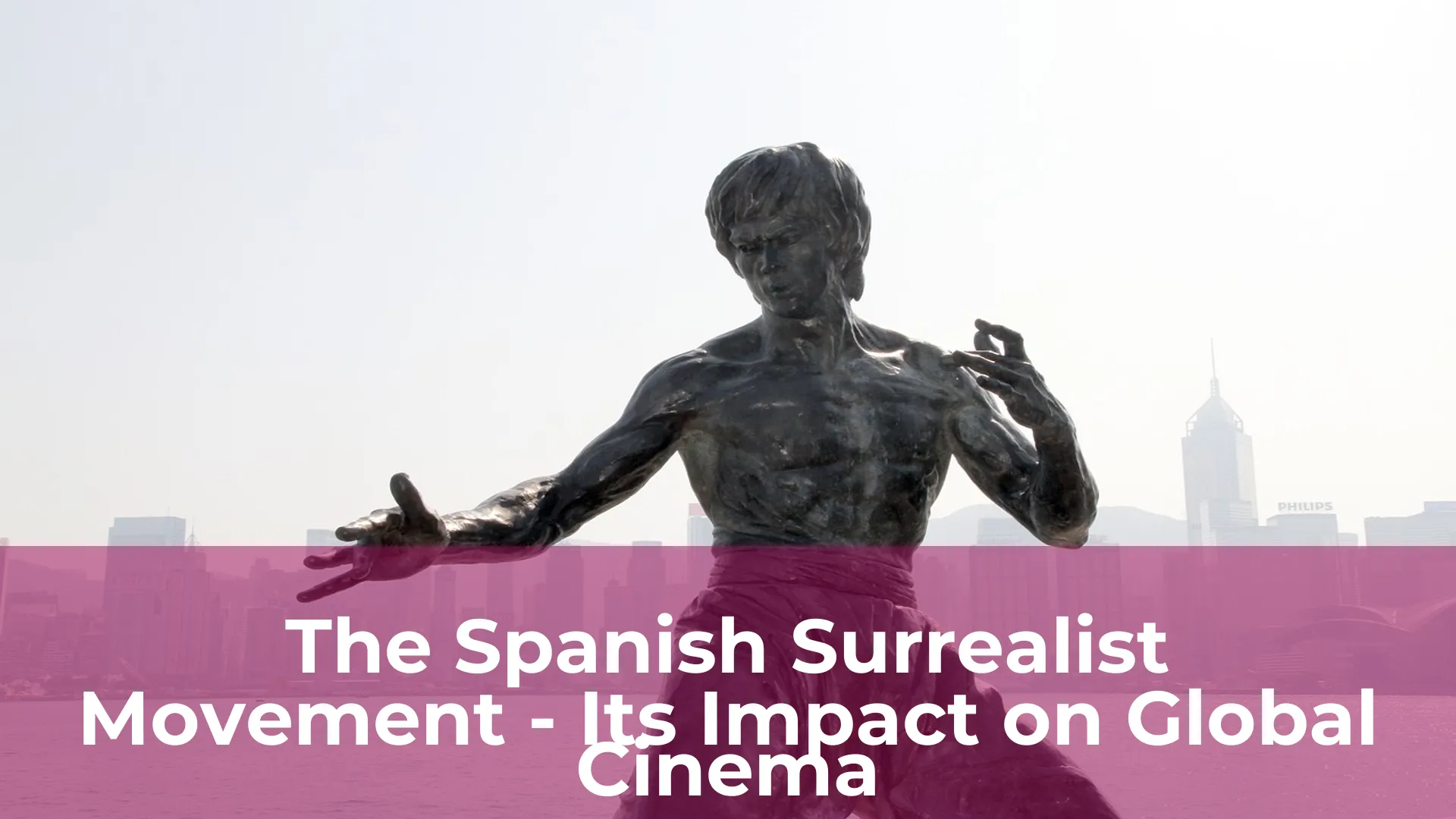The Spanish Surrealist Movement was a cultural and artistic movement that emerged in the early 20th century. It was a reaction against society’s values and norms, and it sought to express the unconscious mind through art. The movement had a significant impact on global cinema, influencing filmmakers to explore themes of the absurd, the irrational and the dreamlike.
The surrealist movement in Spain was spearheaded by artists such as Salvador Dali, Luis Bunuel, and Federico Garcia Lorca. Their works were characterized by their use of symbols, metaphor, and dreamlike imagery. These artists aimed to break away from traditional art forms and to create a new language of expression that would break down the barriers between art and reality.
The influence of the Spanish Surrealist Movement on global cinema is evident in the works of filmmakers such as David Lynch, Terry Gilliam, and Jean-Pierre Jeunet. Their films often explore similar themes to the surrealist movement, with dreamlike imagery, bizarre plotlines, and a rejection of conventional storytelling. The movement’s influence continues to be felt today, with many contemporary filmmakers drawing inspiration from its unconventional approach to art and storytelling.
The Roots of Spanish Surrealism
Spanish Surrealism is one of the most fascinating art movements of the 20th century. Its enigmatic, dream-like imagery and unconventional use of materials revolutionized the art world and inspired generations of artists. But where did this movement originate?
The roots of Spanish Surrealism can be traced back to the 1920s and 30s, a time of political and social upheaval in Spain. Many artists were disillusioned with the traditional styles and techniques of art, and sought to break free from the constraints of academicism. They were also deeply influenced by the ideas of Sigmund Freud and the Surrealist movement in France. Spanish Surrealism emerged as a unique blend of these influences, characterized by its exploration of the subconscious mind, the use of chance and automatism in art-making, and a fascination with the bizarre and macabre.
The Influence of Salvador Dali on Spanish Cinema
Salvador Dali’s impact on Spanish cinema was immense, as he was one of the most prominent and influential figures in the surrealist movement. His artistic style and ideas resonated with filmmakers, who incorporated them into their work. Dali’s influence on Spanish cinema can be seen in the visual elements, narrative structure, and use of symbolism and dreamlike imagery.
Many filmmakers, such as Luis Buñuel, were close associates of Dali and collaborated with him on numerous occasions. Their partnership resulted in some of the most iconic surrealist films of all time, including “Un Chien Andalou” and “L’Age d’Or.” Dali’s unique approach to art and his fascination with the subconscious mind helped filmmakers create avant-garde cinema that pushed the boundaries of traditional storytelling.
Dali’s influence continues to be felt in contemporary Spanish cinema, as filmmakers continue to experiment with surrealism and the subconscious mind. By incorporating Dali’s ideas into their work, Spanish filmmakers have created a distinct cinematic style that stands out from the rest of the world. Dali’s legacy in Spanish cinema is a testament to his enduring impact on the arts and culture of Spain.

